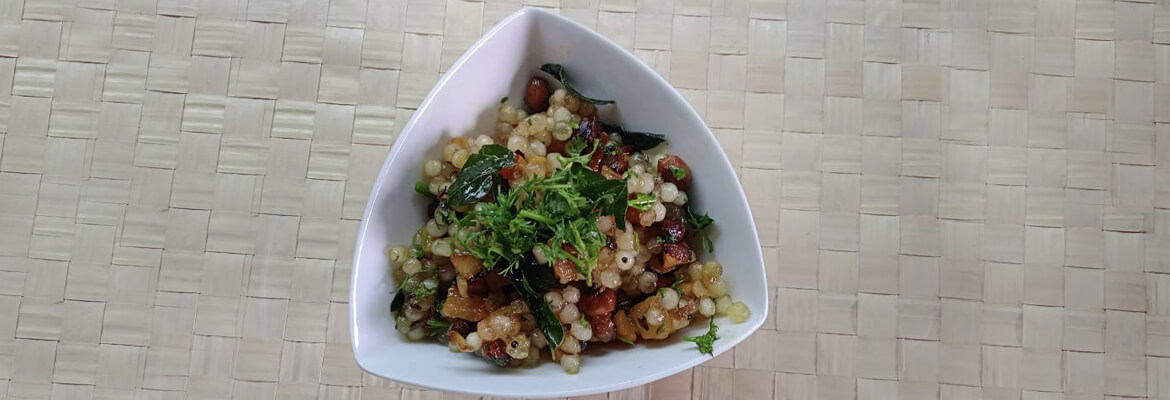Sabudana demystified
Recently a post on social media by a well-known nutritionist claimed that sabudana can arrest heavy bleeding in women in the menstrual cycle, and also regulates women’s hormones. Not only does she make this claim, but a reputed online news portal goes a step further and even carries this piece, totally misleading the junta. Another claim that’s made is that it’s a superfood, I beg to differ as there is no such thing as tapioca pearls i.e., what we Indians call sabudana as being a superfood. It is not. I wish news portals would do their homework a little bit on the food they are writing about, before just taking anyone’s word for it as the gospel truth. I mean to write about it, just to educate the layperson. Don’t trust anyone, not go with what you believe and do not get hoodwinked.
Where does sabudana come from?
To understand what sabudana (or sago or tapioca pearls) does for us, we must understand what food group it comes from.
- It’s a starch – The cassava plant’s root is ground into a fine powder to make sabudana — tapioca pearls. It comes under carbohydrates (and refined carbohydrates.) Because heat is used to mill the root and bake it till you get a pearl (the shape that you eat it in) it’s refined a considerable bit. It gets by the body exactly like sugar would get processed, the roots of the plant produce edible starch.
- It’s not indigenous i.e., native to India – It came to India along the same trade route that brought in spices, fruits and vegetables once upon a time. It was never a part of our Indian culture. It’s been grown recently in India not originated here (started by the Maharaja of Travancore) mainly in the South.
- It is consumed during a fast for a reason – Traditionally, sabudana is consumed during fasts, as it comes from the family of a root plant and not a cereal grain, as we all know in most fasts, we Indians eliminate grain
- It’s low on cost – Therefore it becomes easier for the common man in India to buy it and consume it.
Processing of what you know as sabudana
To eat sabudana assuming it’s a superfood, you must know what is the process used to manufacture it is.
Step 1: The cassava root is cleaned and peeled
Step 2: The roots are crushed to extract the starch (milk-like substance)
Step 3: The liquid goes through a filtering process
Step 4: Once liquid is drained solid substance remains
Step 5: Of this substance sabudana assuming the pearl shape, post which they are sundried
Here are some facts on sabudana
- 100 grams supplies 358 calories; 1 cup has 544 calories. What I call empty calories.
- It provides only trace amounts of vitamins and minerals; most less than 0.1% of RDA (Recommended Daily Allowance)
- It makes for a good thickener/binding agent; hence used when you have a loose stomach you can eat sabudana kichari).
- It’s pure carbs, so you need to watch your consumption of it, as it will spike insulin levels if had in large quantities. It has a high glycemic index. Not suitable for diabetics.
- It is not suitable for people on a weight-loss approach as it’s a carbohydrate high in sugars.
- It is suitable for those who are gluten intolerant and cannot digest gains.
- There is a claim made by Indian news portals that it has resistant starch and this will feed friendly gut bacteria. Sabudana though has low resistant starch because it’s processed. Better to eat potatoes, rice, many legumes to get it.
- You must know the manufacturing process, as poorly manufactured cassava root will have linamarin, converted to hydrogen cyanide in the body.
- It has no connection to being a hormone regulator, let alone help heavy bleeding during a women’s menstrual cycle, or in endometriosis, neither is it related to improving fertility or menopause.
- It is not a superfood.
Conclusion: In the final analysis, it’s a filler food with no real benefits or many adverse effects.

